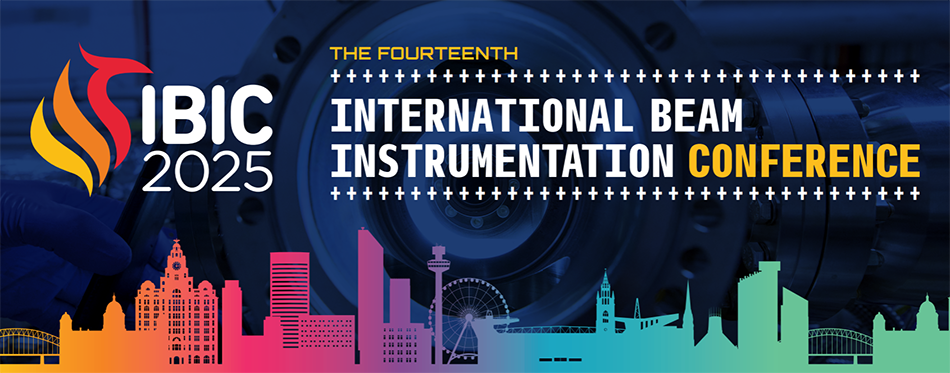Speaker
Description
Like standard beam transformers the cryogenic current comparator (CCC) measures the intensity of particle beams via the azimuthal magnetic field. The superior performance of the CCC derives from a superconducting magnetometer (SQUID - Superconducting Quantum Interference Device), which detects fields in the fT range. This enables for current resolution in the nA range but in return needs extremely careful protection from external influences like stray fields and mechanical vibrations. The CCC therefore requires an elaborated superconducting magnetic shielding and is housed in a specially developed, vibration damped He bath cryostat.
We have recently achieved half a year of non-stop operation in stand-alone (closed Helium circuit) mode. The nA resolution has been demonstrated earlier during several beamtimes, in CRYRING as well as with slow extracted beams from SIS18. Among the CCC types, which have been investigated, the 'Dual Core' (DCCC) version showed the best performance with respect to bandwith and current resolution. The DCCC and its cryostat therefore mark a provisional closure of CCC development for FAIR. In this contribution we present the latest results and system status.
Funding Agency
- supported by BMBF under contracts 05P18RDRB1 and 05P18SJRB1
| I have read and accept the Conference Policies | Yes |
|---|

